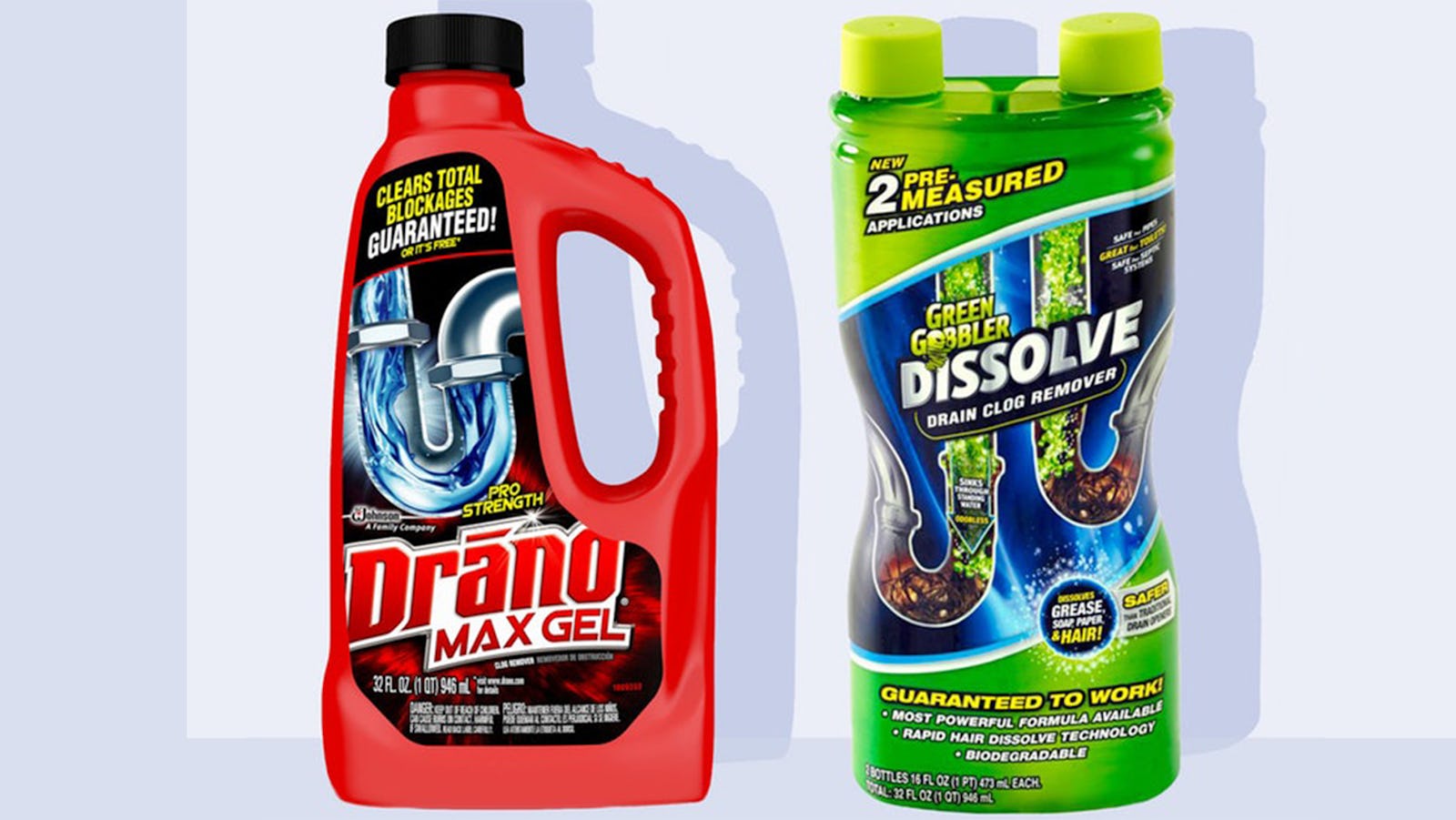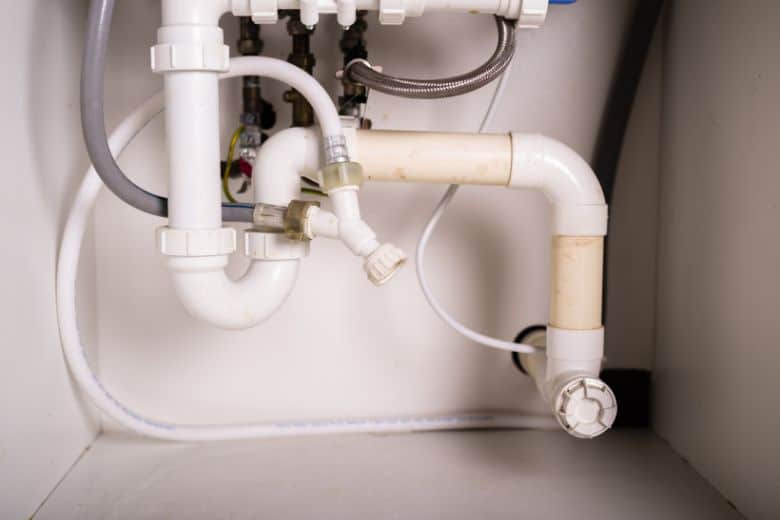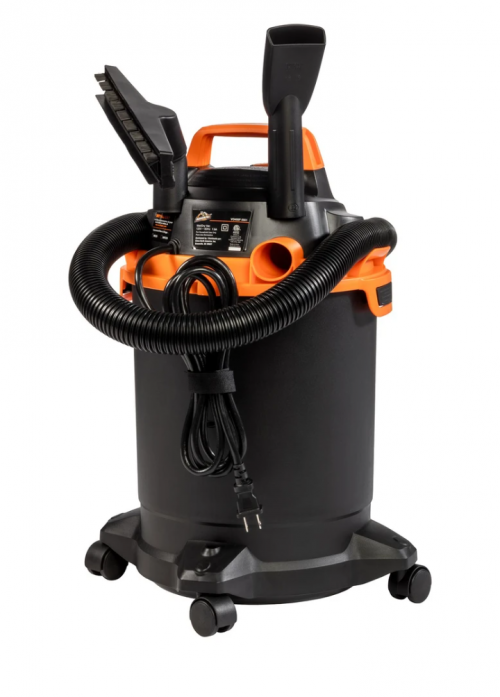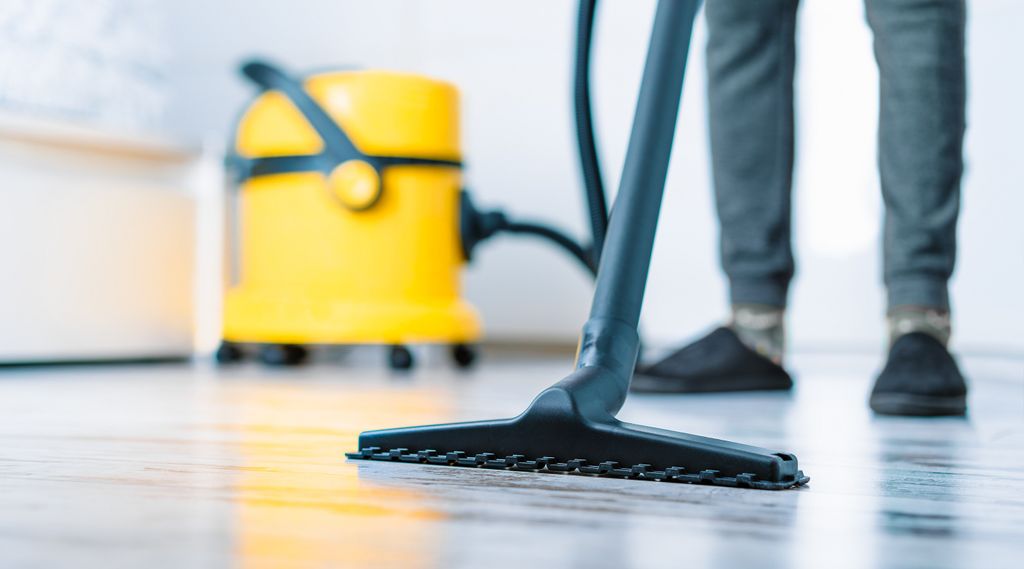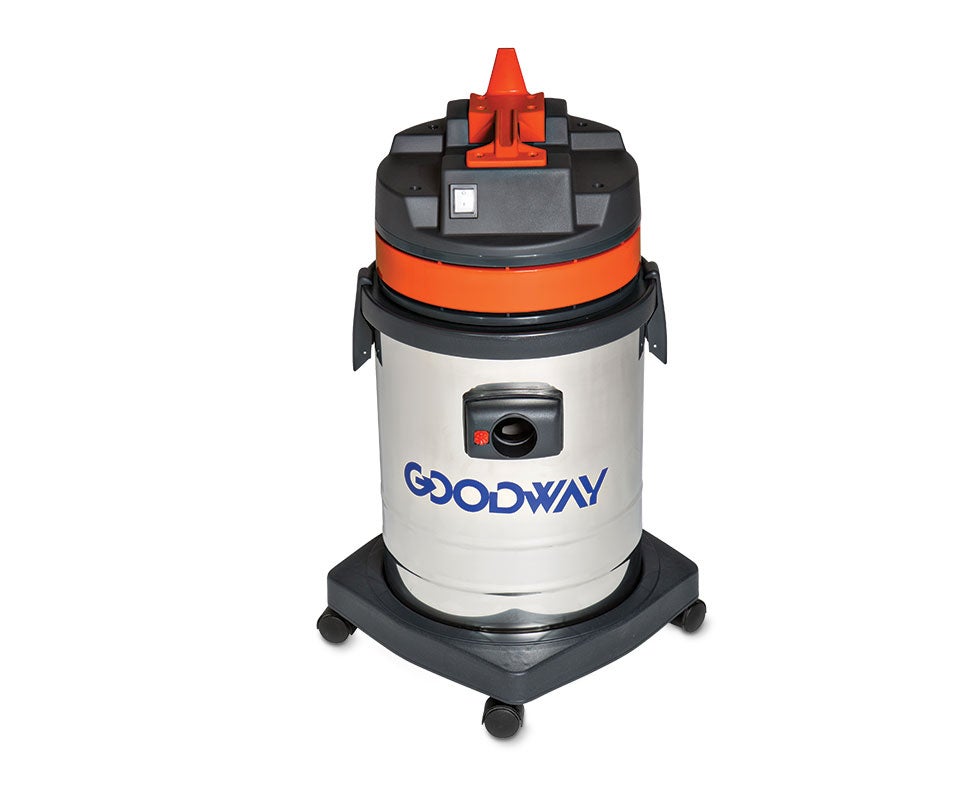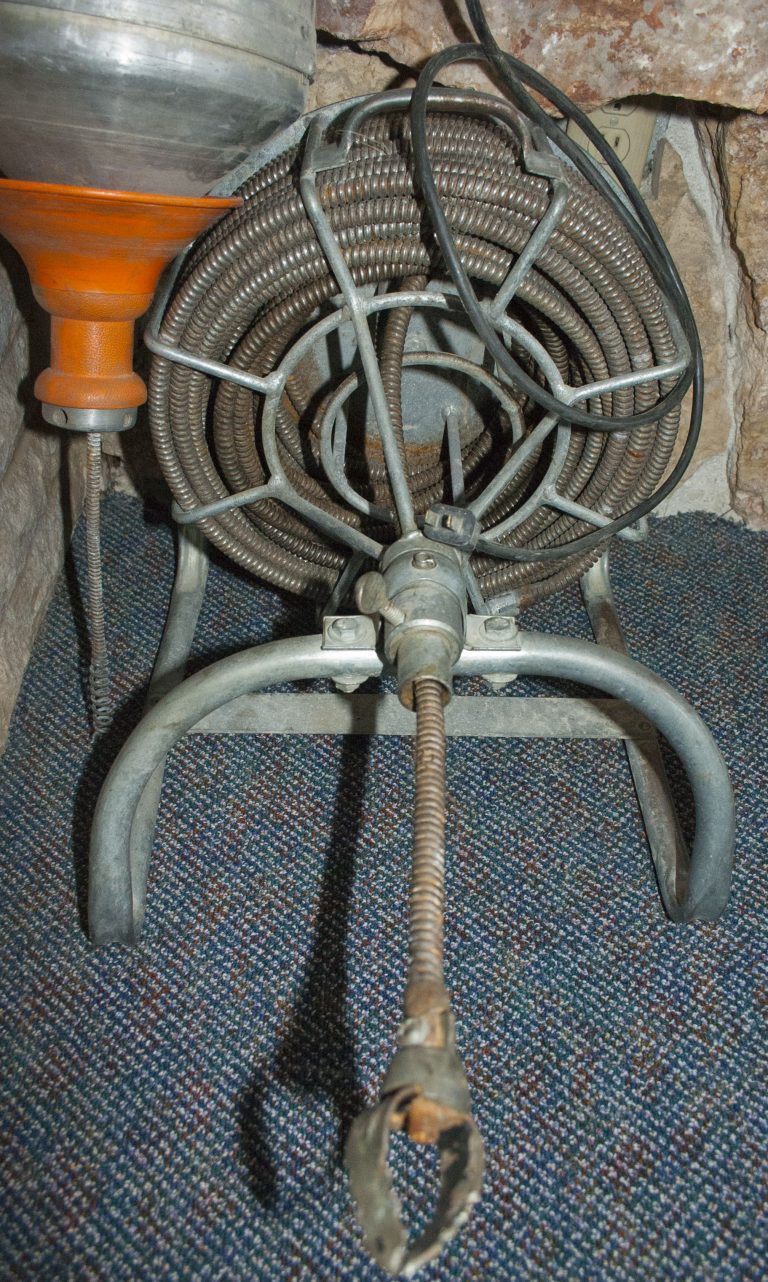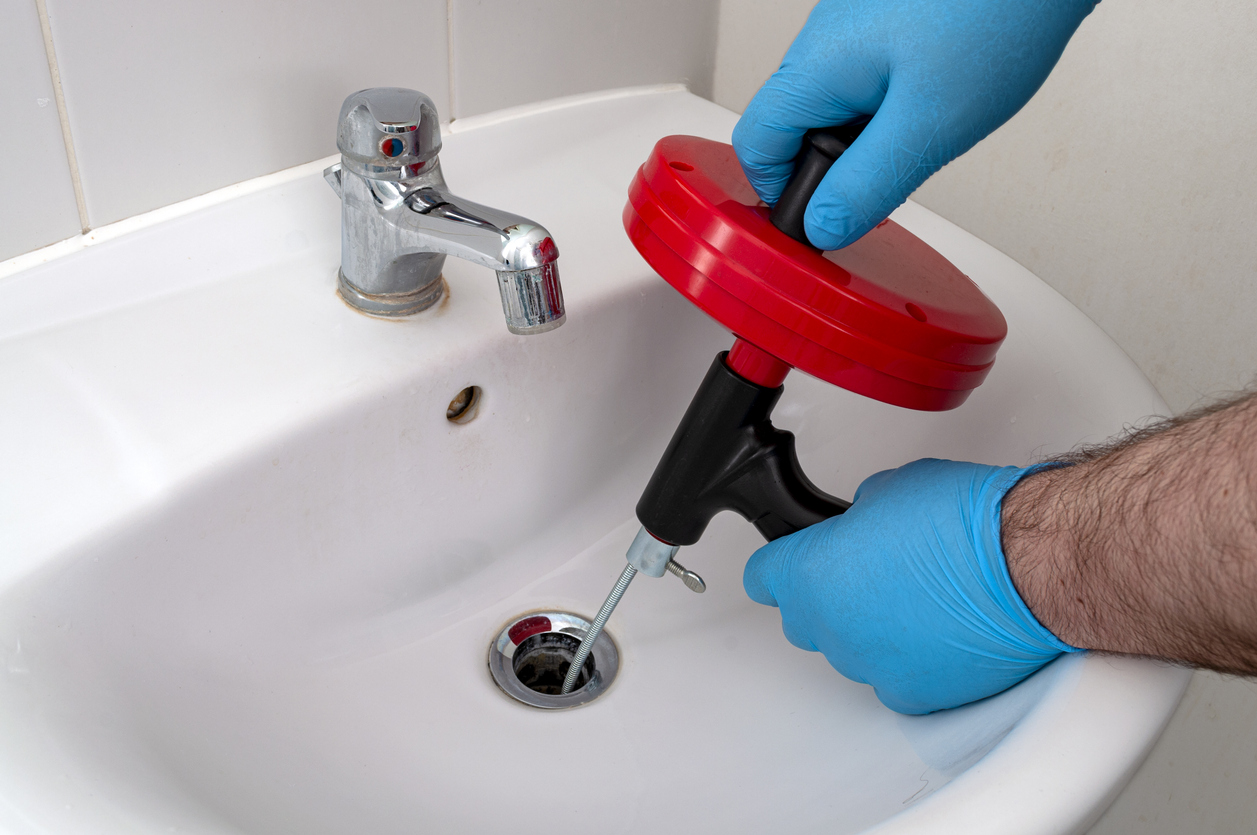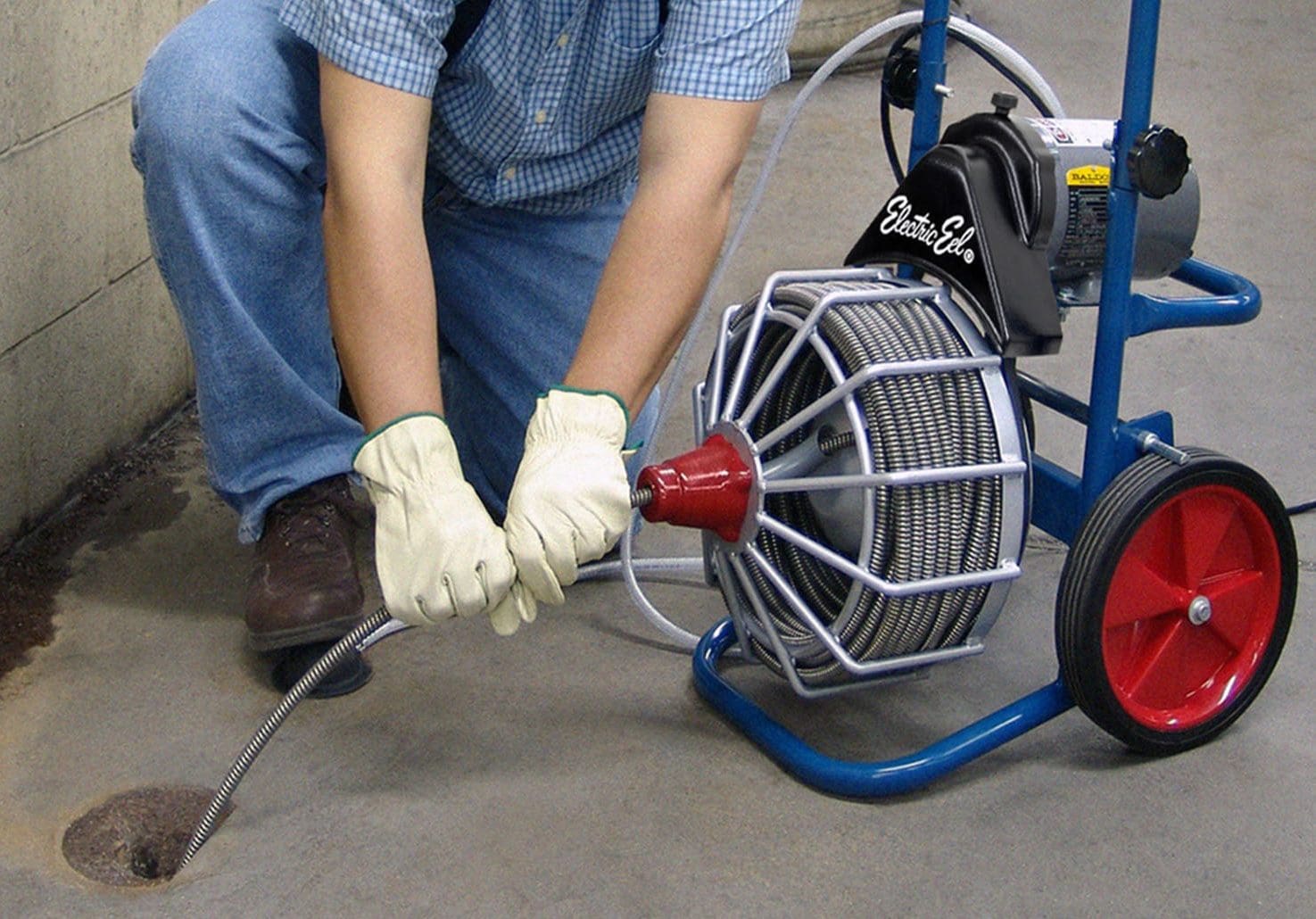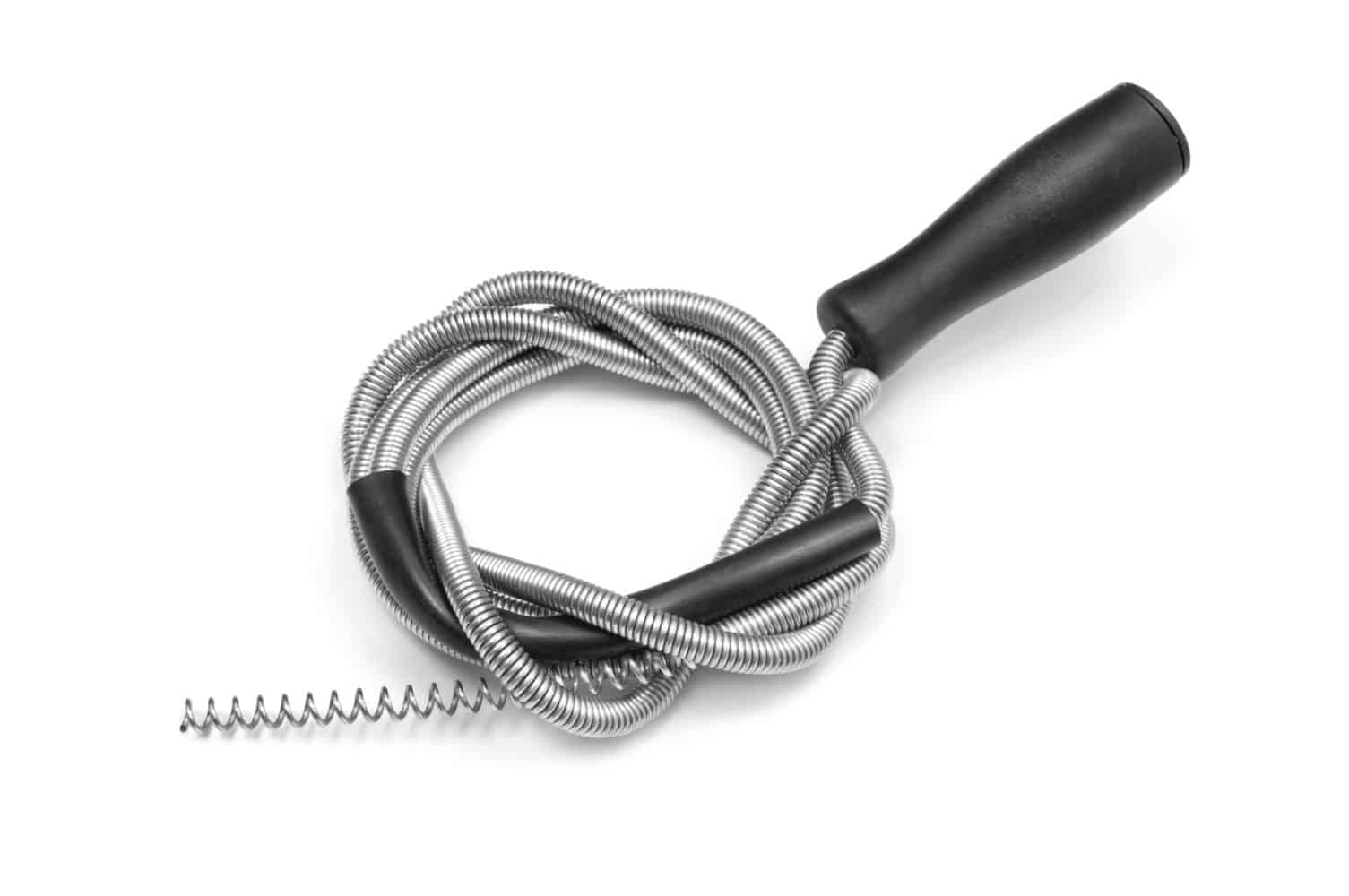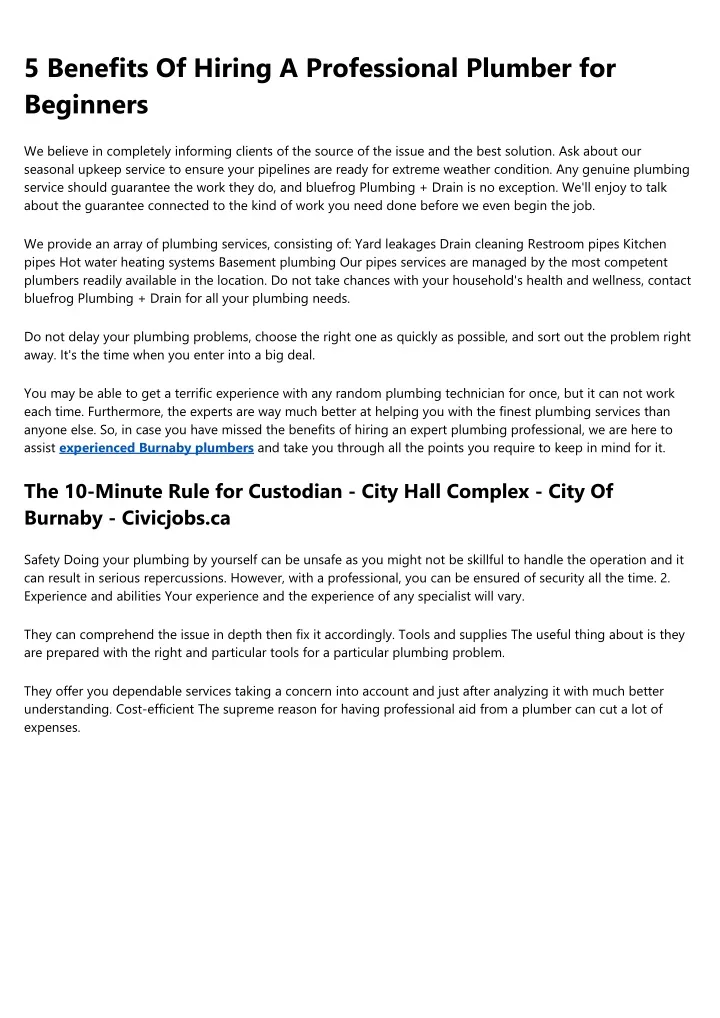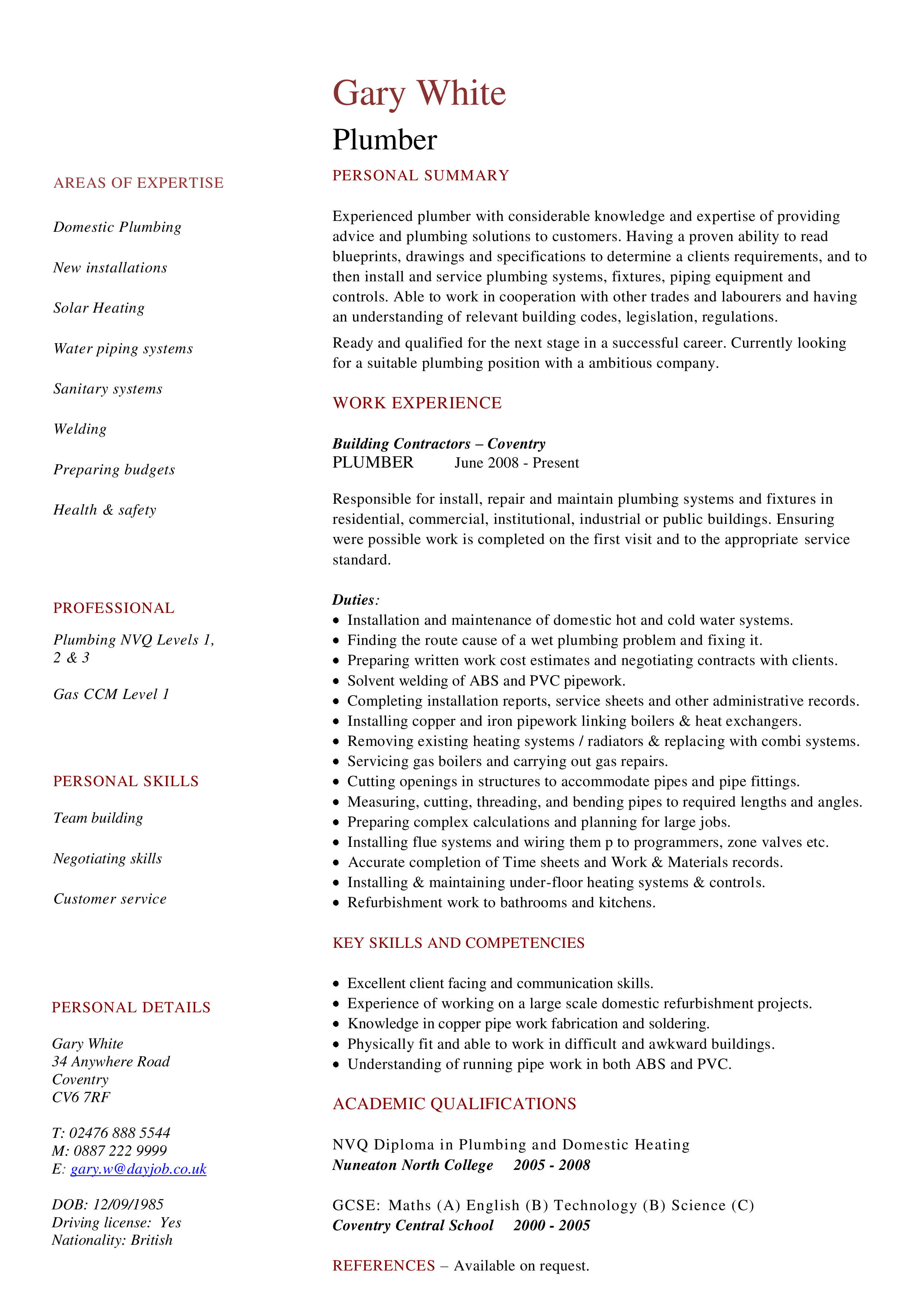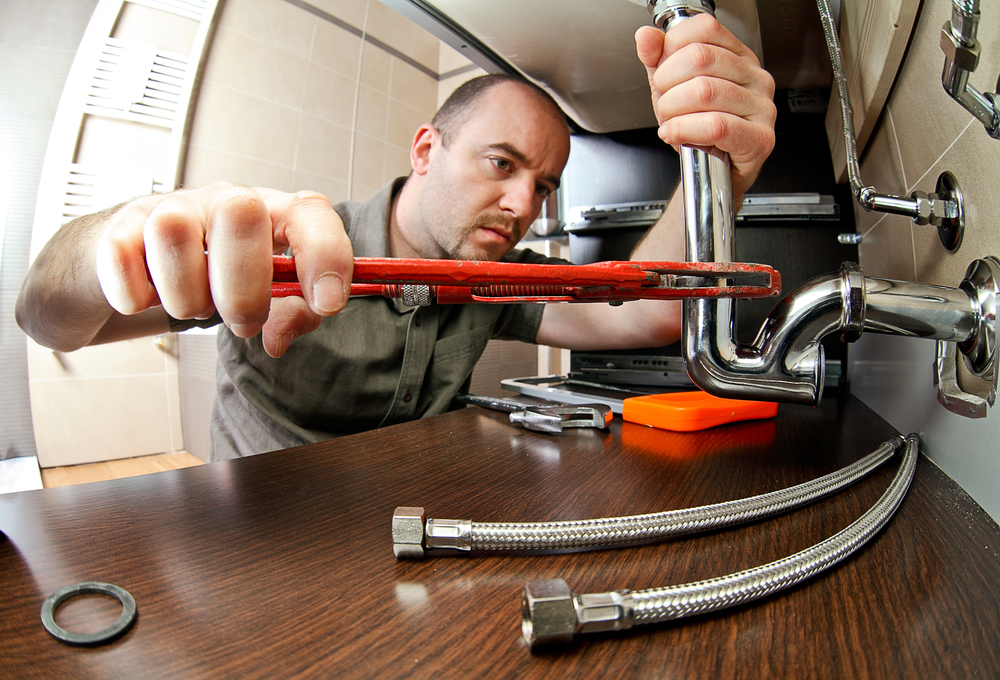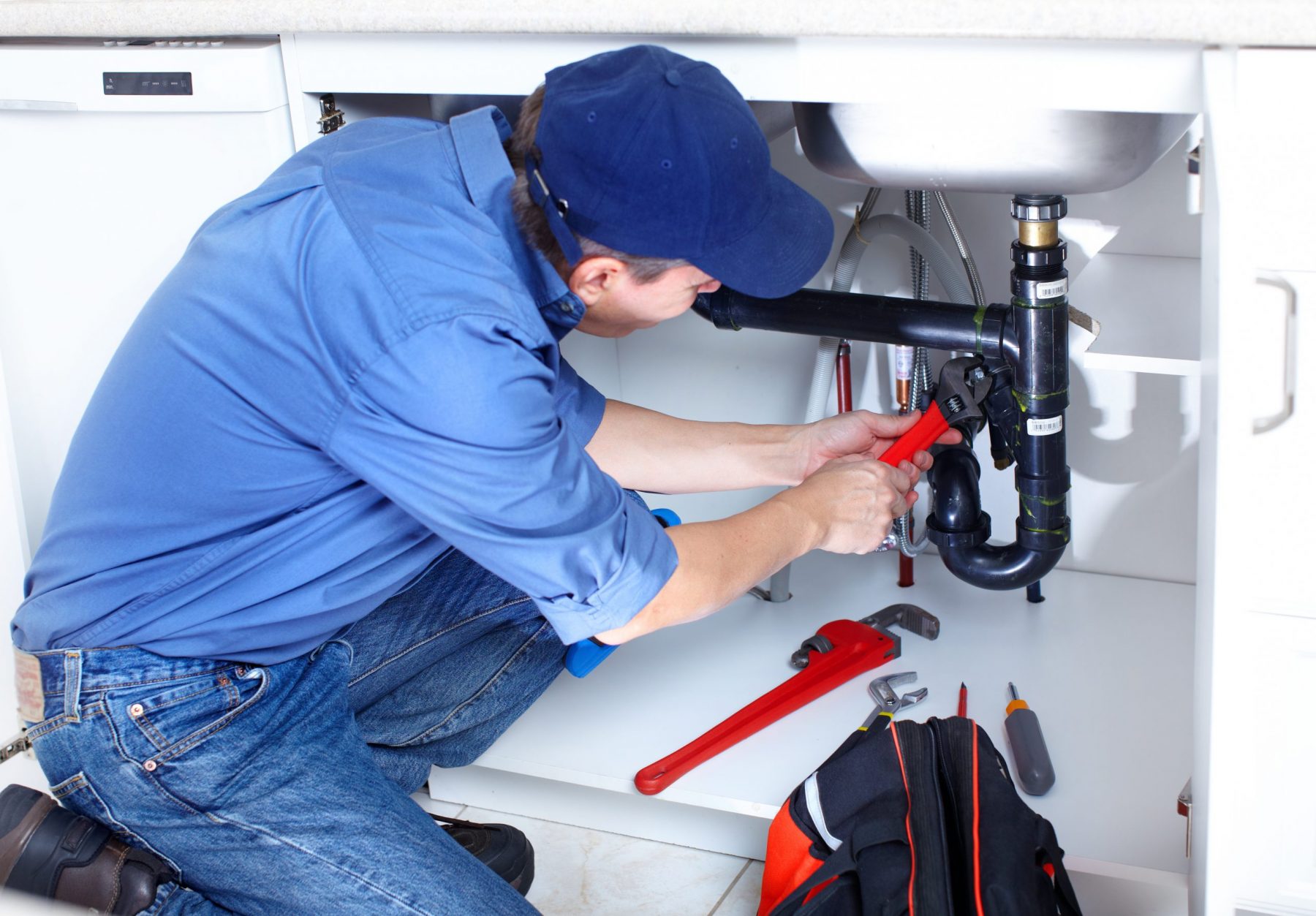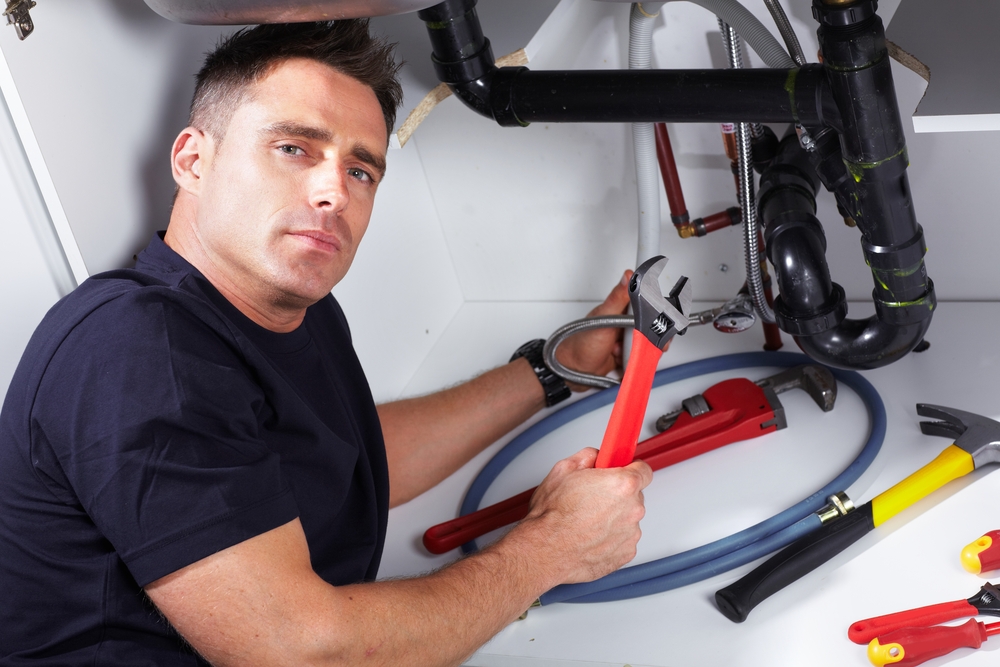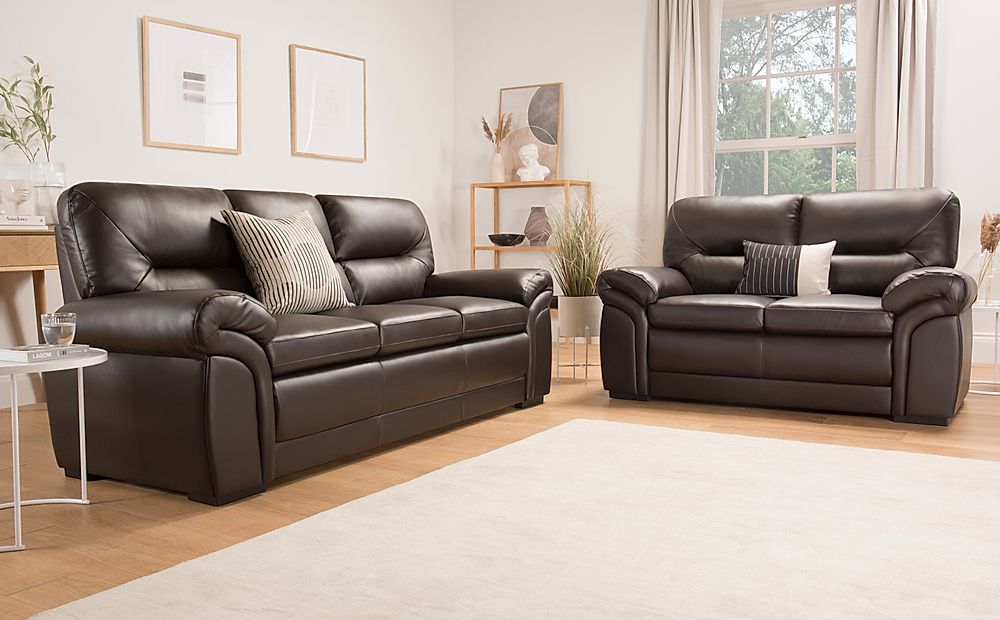If you're dealing with a clogged kitchen sink, the first tool you should reach for is a plunger. This trusty household tool can create the necessary suction to dislodge and remove any blockages in your drain. To use a plunger, fill your sink with a few inches of water to create a seal and then place the plunger over the drain. Push and pull the plunger in a rapid motion to create suction and hopefully dislodge the clog. This method is best for minor blockages caused by food or grease buildup.1. Use a Plunger
If your sink is draining slowly, try pouring a pot of boiling water down the drain. This can help dissolve any grease or food particles that may be causing the clog. Be careful when handling boiling water and make sure to pour slowly to avoid splashing. Repeat this process a few times if necessary.2. Pour Boiling Water Down the Drain
A mixture of baking soda and vinegar is a natural and effective way to unclog your kitchen sink. Start by pouring a cup of baking soda down the drain, followed by a cup of vinegar. Cover the drain with a plug or cloth and let the mixture sit for about 30 minutes. Then, pour a pot of boiling water down the drain to flush out the mixture and hopefully clear the blockage.3. Use a Mixture of Baking Soda and Vinegar
If the clog is deeper in your pipes, a drain snake can help reach and remove it. You can purchase a drain snake from a hardware store or make your own using a wire hanger. Insert the snake into the drain and twist it to help break up and remove the clog. This method may take some time and effort, but it can be effective for tougher clogs.4. Try a Drain Snake
If the above methods do not work, you can try using a chemical drain cleaner. These products contain harsh chemicals that can dissolve clogs, but they can also be damaging to your pipes and harmful to the environment. Use caution and follow the instructions carefully when using a chemical drain cleaner.5. Use a Chemical Drain Cleaner
The P-trap is the curved piece of pipe under your sink that is designed to catch debris and prevent it from going further into your pipes. Over time, this trap can become clogged with food particles and grease, causing a blockage. To clean it, place a bucket under the trap to catch any water, then unscrew and remove the trap. Clean it out with a brush or old toothbrush and then reattach it.6. Remove and Clean the P-Trap
If you have a wet/dry vacuum, you can use it to help unclog your kitchen sink. Set the vacuum to the wet setting and cover the vent to create suction. Place the hose over the drain and turn on the vacuum to hopefully suck out the clog. This method may work best for smaller blockages.7. Use a Wet/Dry Vacuum
If the baking soda and vinegar method didn't work, you can try adding salt to the mixture. Mix a cup of baking soda, a cup of salt, and a cup of vinegar and pour it down the drain. Let it sit for about 30 minutes and then flush it out with boiling water.8. Try a Combination of Salt, Baking Soda, and Vinegar
If you have a stubborn clog that won't budge, a plumbing snake may be your best bet. These tools are designed specifically for unclogging drains and can reach deep into your pipes to remove the blockage. Follow the instructions carefully and use caution when using a plumbing snake.9. Use a Plumbing Snake
If all else fails, it may be time to call in the professionals. A licensed plumber will have the necessary tools and expertise to unclog your kitchen sink and ensure that your pipes are not damaged in the process. It may cost more than a DIY method, but it can save you time and frustration in the long run. Dealing with a clogged kitchen sink can be a hassle, but with these 10 best ways to unblock a kitchen sink, you can hopefully find a solution that works for you. Remember to always use caution and follow the instructions carefully when attempting to unclog your sink, and if the problem persists, don't hesitate to call in a professional plumber for assistance.10. Call a Professional Plumber
How to Effectively Unblock a Kitchen Sink: Tips and Tricks

Causes of a Blocked Kitchen Sink
 A kitchen sink can become blocked due to a variety of reasons. The most common cause is the accumulation of food debris, grease, and oil in the drain pipe. These substances can build up over time and cause a clog, making it difficult for water to pass through. Other potential causes include foreign objects such as utensils or hair getting stuck in the drain, a malfunctioning garbage disposal, or a damaged drain pipe.
A kitchen sink can become blocked due to a variety of reasons. The most common cause is the accumulation of food debris, grease, and oil in the drain pipe. These substances can build up over time and cause a clog, making it difficult for water to pass through. Other potential causes include foreign objects such as utensils or hair getting stuck in the drain, a malfunctioning garbage disposal, or a damaged drain pipe.
Why Unclogging a Kitchen Sink is Important
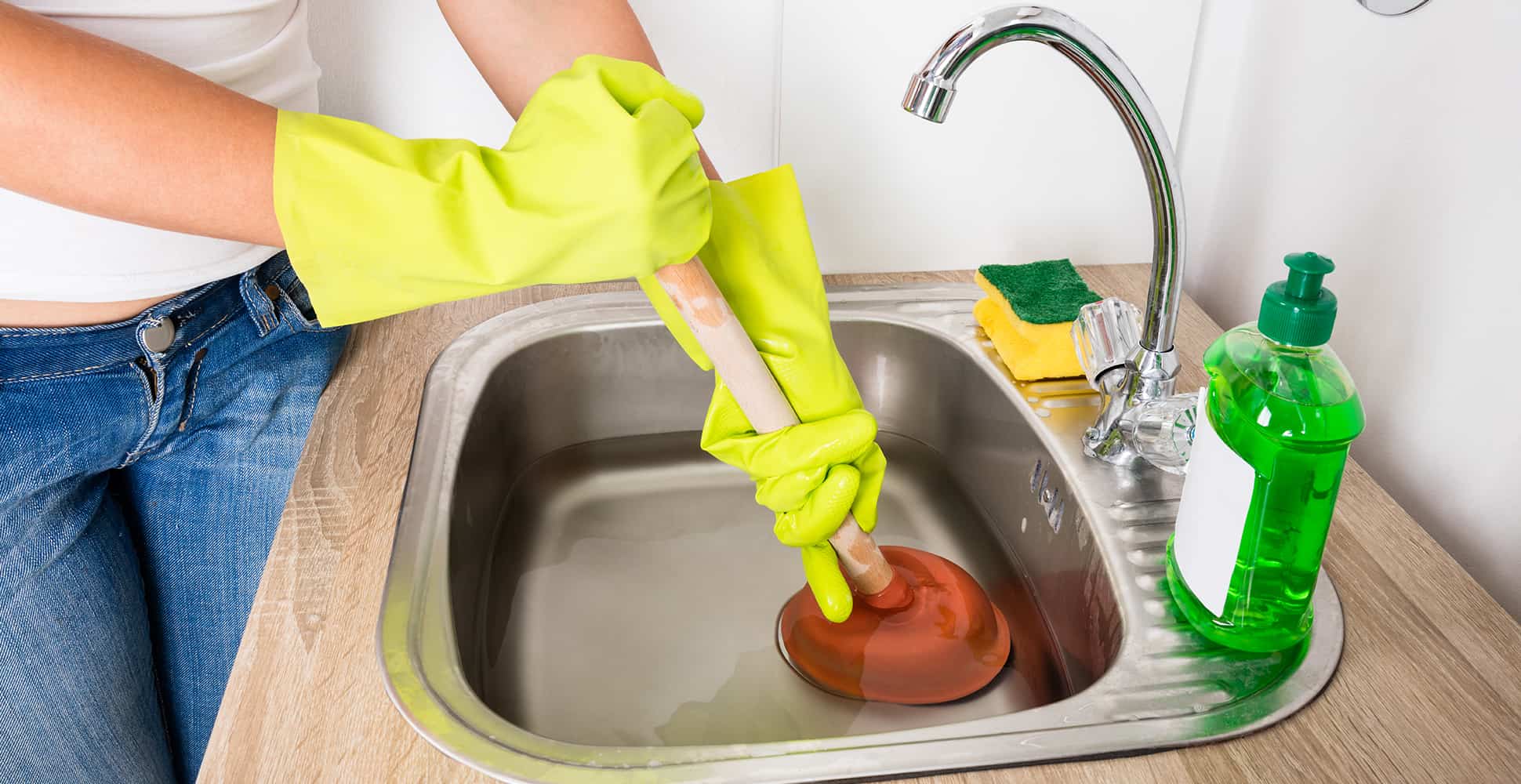 A blocked kitchen sink can be a major inconvenience and disrupt your daily routine. It can also lead to unpleasant odors, slow draining water, and in severe cases, flooding. Ignoring a clogged sink can also cause damage to your plumbing system and result in costly repairs. Therefore, it is essential to address the issue as soon as possible to prevent further complications.
A blocked kitchen sink can be a major inconvenience and disrupt your daily routine. It can also lead to unpleasant odors, slow draining water, and in severe cases, flooding. Ignoring a clogged sink can also cause damage to your plumbing system and result in costly repairs. Therefore, it is essential to address the issue as soon as possible to prevent further complications.
Step-by-Step Guide to Unblock a Kitchen Sink
 Step 1:
Clear any visible debris from the sink drain using a pair of gloves or tongs. This includes food scraps, hair, and other objects.
Step 2:
Pour boiling water down the drain to help loosen and dissolve any remaining blockage. You can also add a cup of baking soda followed by a cup of vinegar to create a natural chemical reaction that can help break down the blockage.
Step 3:
If the clog persists, use a plunger to apply pressure and force the blockage out of the drain. Be sure to cover the overflow holes with a wet cloth to create a seal and increase the effectiveness of the plunging.
Step 4:
For stubborn clogs, use a drain snake or auger to physically break up and remove the blockage. Insert the snake into the drain and twist it until you feel resistance. Continue twisting and pushing until you break through the clog.
Step 5:
If none of these methods work, it may be time to call a professional plumber. They will have the necessary tools and expertise to effectively unblock your kitchen sink without causing any damage to your plumbing system.
Step 1:
Clear any visible debris from the sink drain using a pair of gloves or tongs. This includes food scraps, hair, and other objects.
Step 2:
Pour boiling water down the drain to help loosen and dissolve any remaining blockage. You can also add a cup of baking soda followed by a cup of vinegar to create a natural chemical reaction that can help break down the blockage.
Step 3:
If the clog persists, use a plunger to apply pressure and force the blockage out of the drain. Be sure to cover the overflow holes with a wet cloth to create a seal and increase the effectiveness of the plunging.
Step 4:
For stubborn clogs, use a drain snake or auger to physically break up and remove the blockage. Insert the snake into the drain and twist it until you feel resistance. Continue twisting and pushing until you break through the clog.
Step 5:
If none of these methods work, it may be time to call a professional plumber. They will have the necessary tools and expertise to effectively unblock your kitchen sink without causing any damage to your plumbing system.
Preventative Measures to Keep Your Kitchen Sink Unclogged
 To avoid future clogs, it is important to maintain your kitchen sink and practice proper waste disposal habits. This includes regularly cleaning the sink and drain, avoiding pouring grease or oil down the drain, and using a drain guard to catch any debris. Additionally, running hot water down the drain after each use can help prevent buildup and keep your sink running smoothly.
In conclusion, a blocked kitchen sink can be a major inconvenience, but with the right tools and techniques, it can be easily unclogged. By following these tips and implementing preventative measures, you can keep your kitchen sink functioning properly and avoid any costly repairs in the future. Remember to always prioritize safety and seek professional help if needed.
To avoid future clogs, it is important to maintain your kitchen sink and practice proper waste disposal habits. This includes regularly cleaning the sink and drain, avoiding pouring grease or oil down the drain, and using a drain guard to catch any debris. Additionally, running hot water down the drain after each use can help prevent buildup and keep your sink running smoothly.
In conclusion, a blocked kitchen sink can be a major inconvenience, but with the right tools and techniques, it can be easily unclogged. By following these tips and implementing preventative measures, you can keep your kitchen sink functioning properly and avoid any costly repairs in the future. Remember to always prioritize safety and seek professional help if needed.


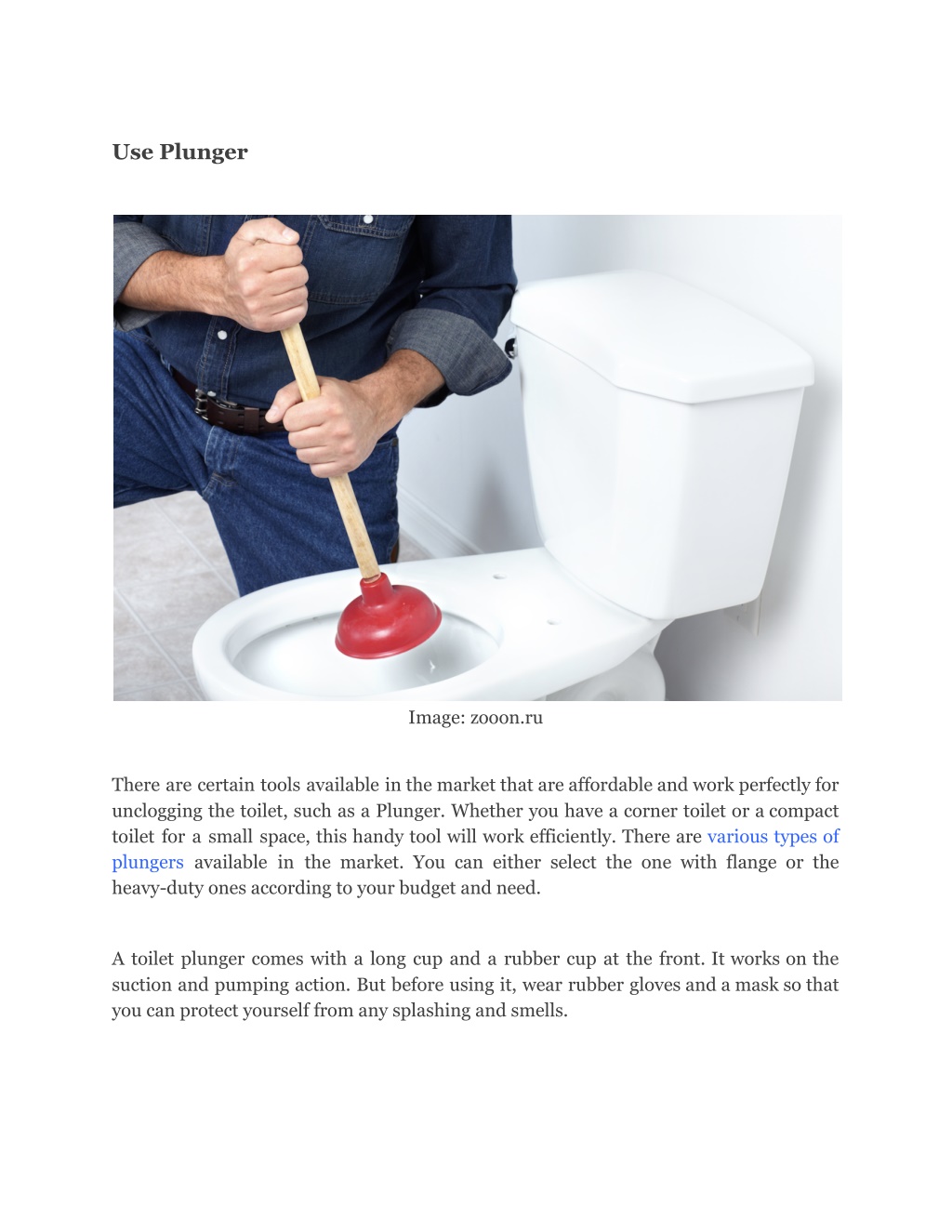
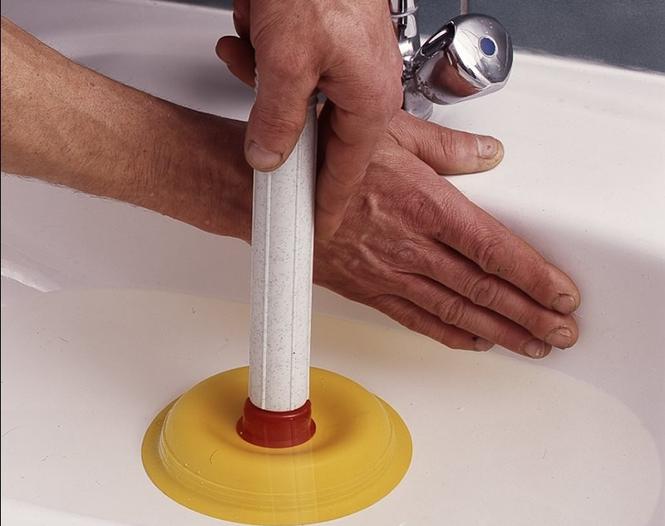
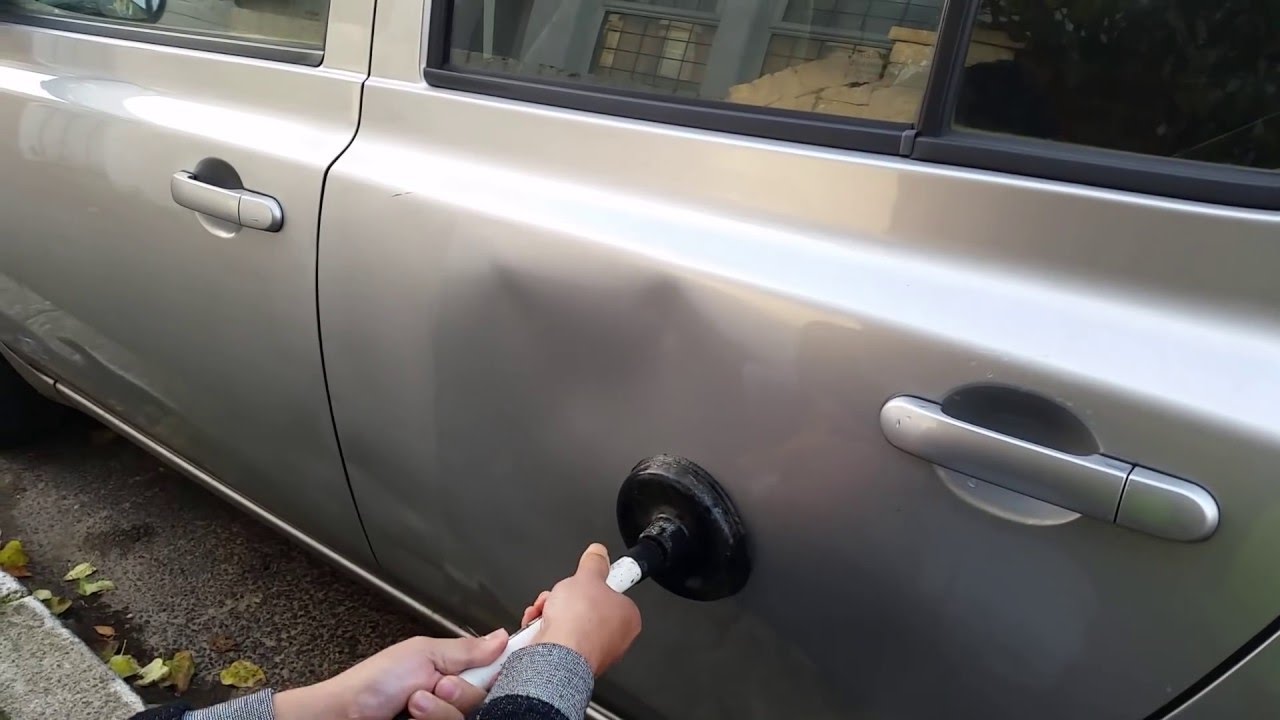





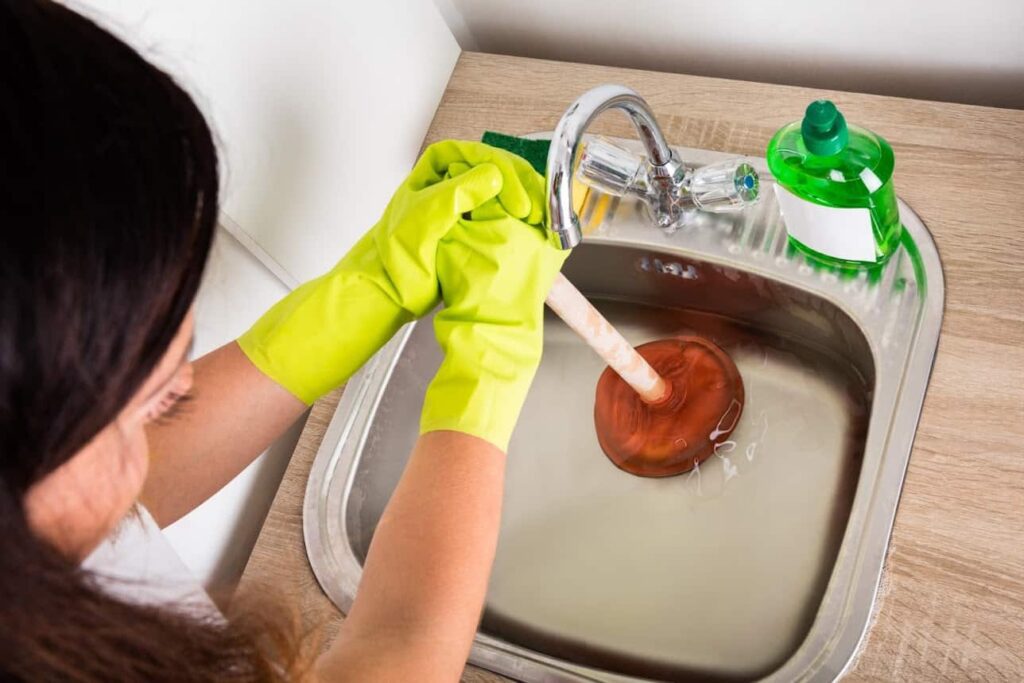





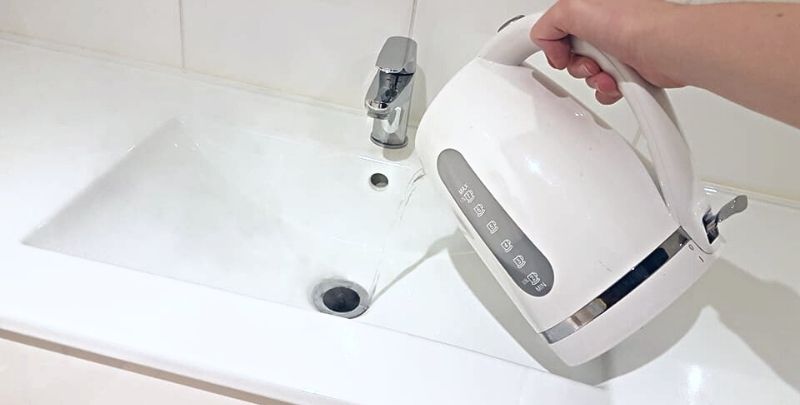

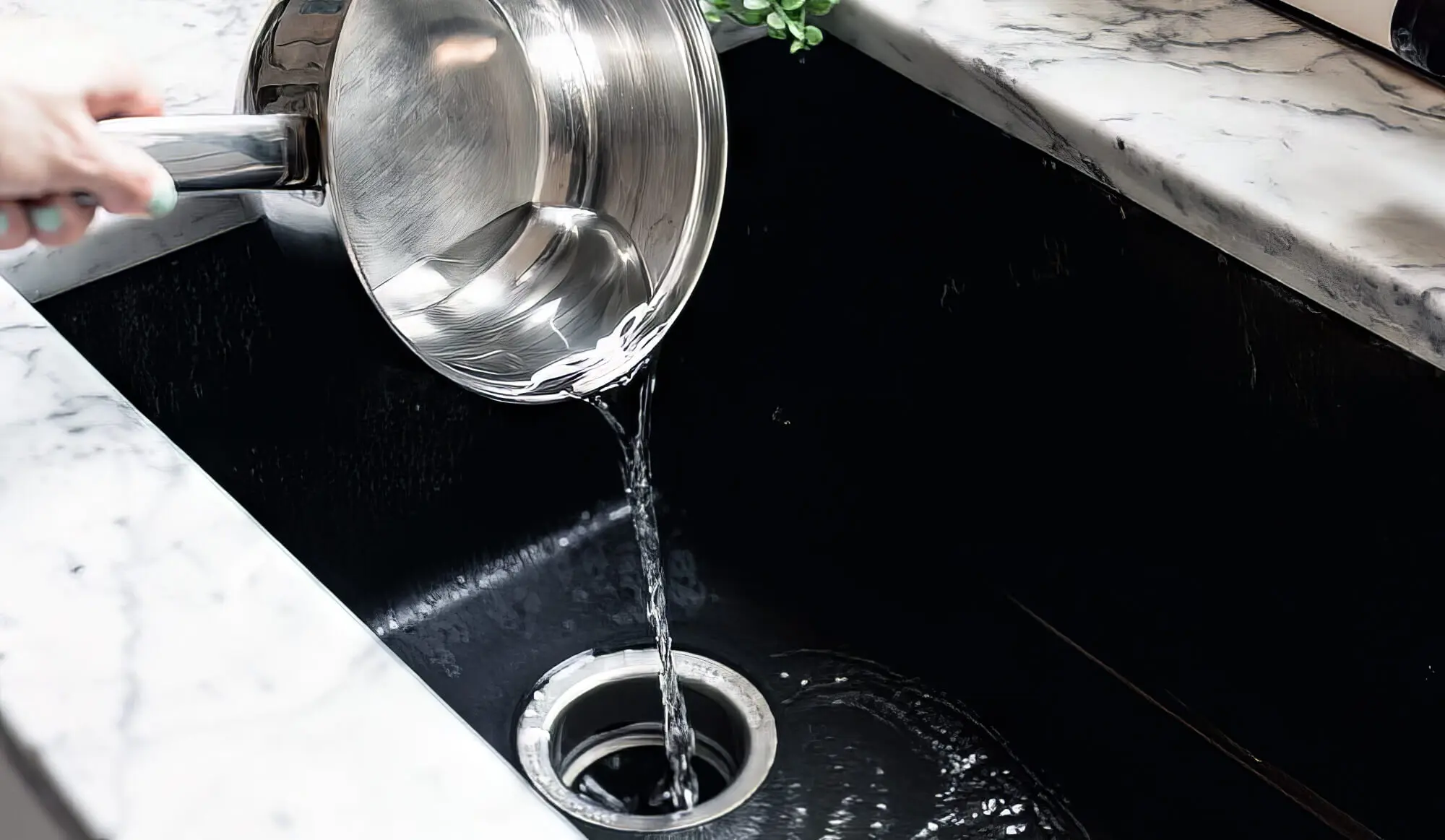
.jpg?time=1689761045394)
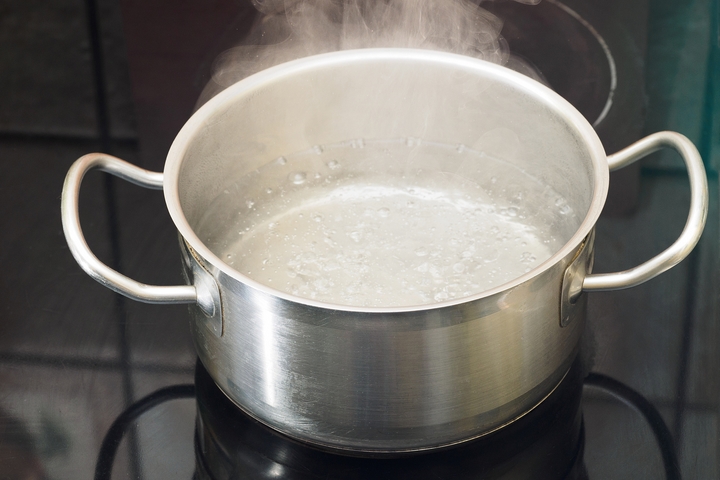






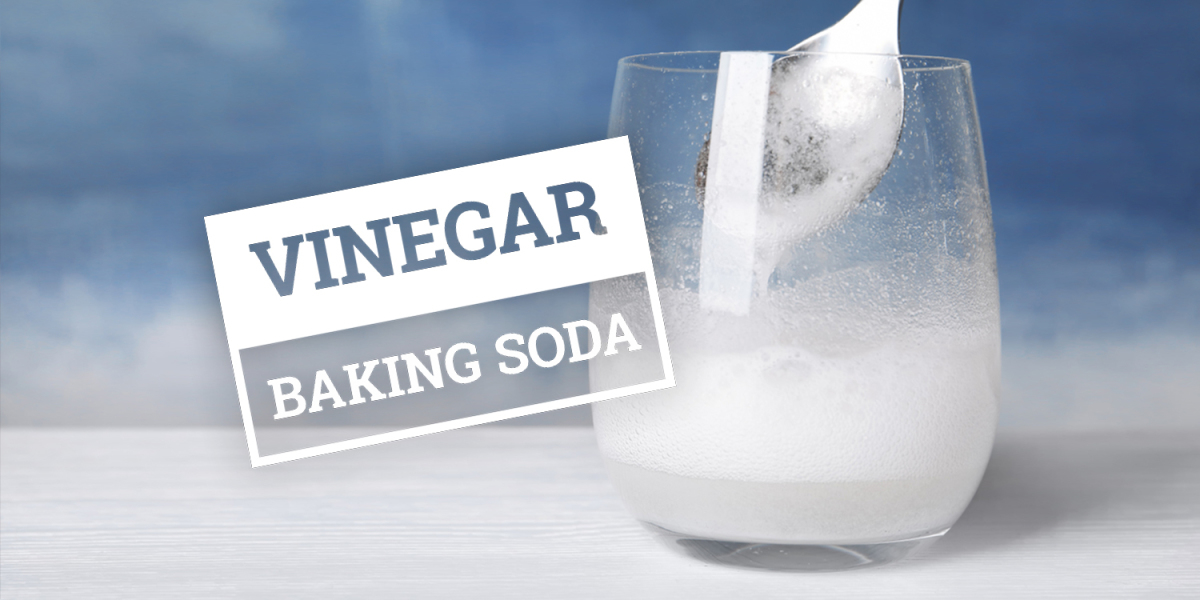





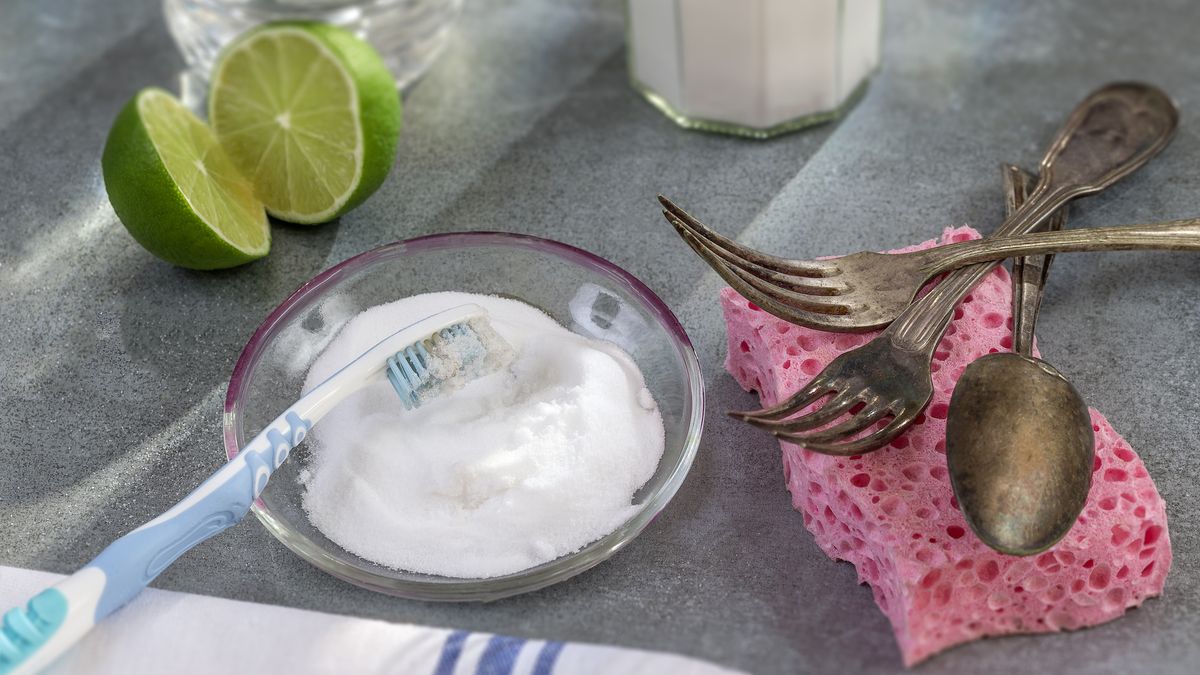
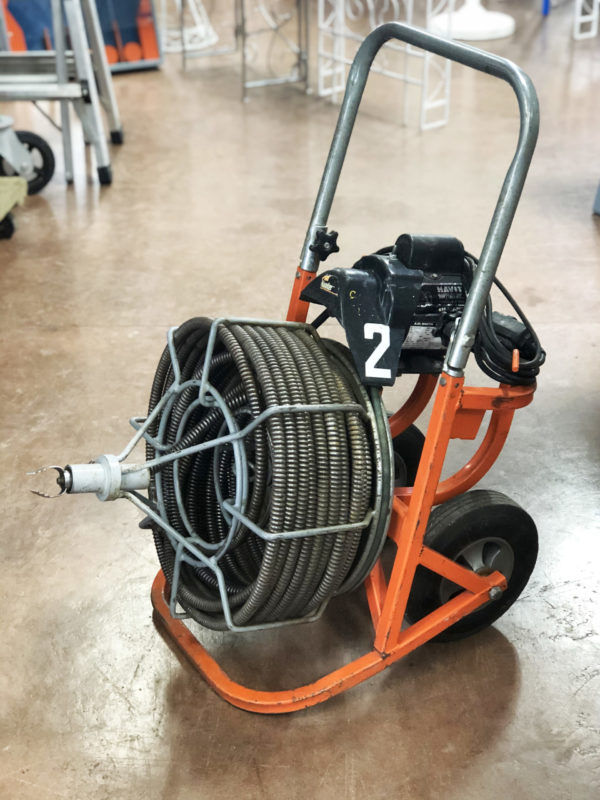







:max_bytes(150000):strip_icc()/Vastar-4-Pack-Drain-Snake-50b0e77281b244e386d046ca25ba76b6.jpg)



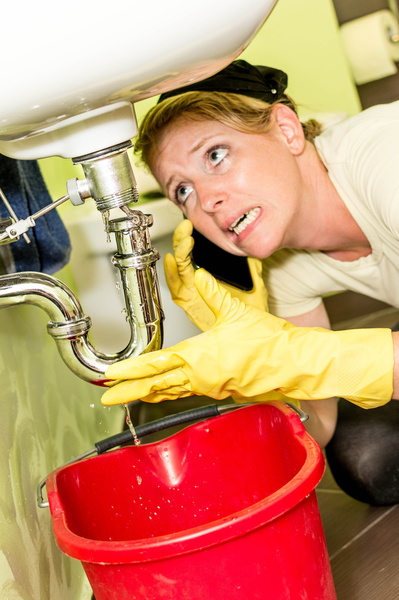

.jpg)



:max_bytes(150000):strip_icc()/SPR-HOME-v2-8-best-drain-openers-4177167-8e4b5c1d411f4b888b7b67f53252aa86.jpg)
